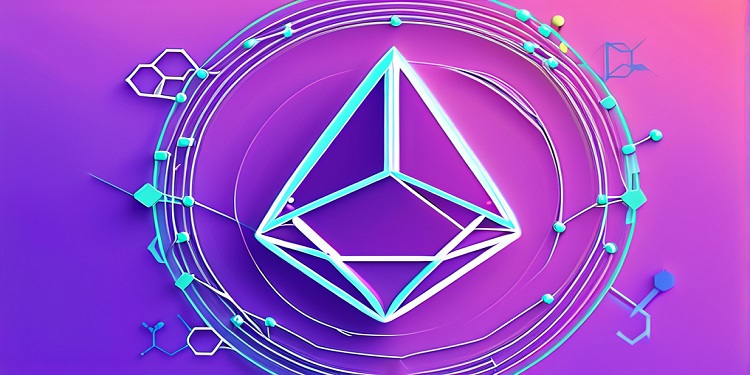Uniswap Labs, the developer behind leading decentralized cryptocurrency exchange Uniswap, has introduced its own layer 2 blockchain network, named Unichain. This new blockchain is designed as a solution to improve the scalability of Ethereum, a popular decentralized finance (DeFi) platform. The goal is to reduce transaction times and fees, addressing Ethereum’s challenges such as congestion and high transaction costs. Unichain is set to join a range of existing layer 2 solutions that were created to improve the performance of Ethereum by making it more efficient and affordable.
Uniswap Labs highlighted that Unichain would leverage the benefits of layer 2 blockchains, including faster speeds and lower costs. The platform also aims to provide better access to liquidity across different chains while maintaining a higher level of decentralization. In particular, Hayden Adams, CEO of Uniswap Labs, highlighted the platform’s focus on improving liquidity across different networks and creating a more decentralized environment for users.
How Layer 2 Blockchain Improves Ethereum
A layer 2 blockchain runs alongside the main blockchain and processes transactions before submitting them to the main network. This method helps reduce the load on the main blockchain by grouping multiple transactions together, a process known as “roll-ups.” Ethereum’s scaling roadmap has focused on the adoption of rollup technology, and Unichain plans to advance this strategy by migrating smart contract execution to its network. The move is expected to significantly reduce transaction costs, with anticipated reductions of 95% in the short term compared to Ethereum’s current fees.
In the decentralized finance sector, where Uniswap Labs is a key player, blockchain technology facilitates peer-to-peer financial transactions without relying on intermediaries like banks or brokers. This includes not only basic token transactions, but also more sophisticated financial services such as lending, flash loans, margin trading and prediction markets. With Unichain, Uniswap Labs intends to create an ecosystem that supports these activities with faster transaction speeds and lower costs, addressing some of the key limitations of the current DeFi landscape.
1-Second Block Time and Future Improvements
Uniswap Labs is committed to ensuring that transactions not only become cheaper, but also executed faster. Unichain will launch with a block time of one second, a significant improvement over traditional blockchain transaction speeds. The company plans to further improve performance by introducing 250 millisecond “sub-blocks,” designed to provide a near-instant transaction experience for users. This level of improvement should greatly improve user satisfaction, especially for real-time financial services like trading.
This development was made possible through a collaboration with Flashbots Ltd., a company specializing in blockchain speed and transparency. Flashbots uses a trusted execution environment to ensure faster transactions while minimizing the risk of transaction failures. Unichain is also integrated with Optimism Superchain, another Ethereum scaling solution, ensuring that assets and data can move securely between different chains. Uniswap Labs has partnered with OP Labs to deliver seamless native interoperability across multiple networks.
Developer and testnet phase
Currently, Unichain is in its testnet phase, which gives developers the opportunity to start building and testing applications on the new network. Uniswap Labs has made available a range of resources, including a developer toolkit on its website, to help builders create decentralized applications (dApps) on Unichain. This phase is crucial because it allows developers to refine their dApps before the full public launch of the network.
The introduction of Unichain is a significant step forward for Uniswap Labs, which is working to solve some of the most pressing issues related to Ethereum’s scalability. As the testnet phase progresses, the blockchain community is closely monitoring the impact of this new layer 2 solution on the broader Ethereum ecosystem. image of decentralized finance.

